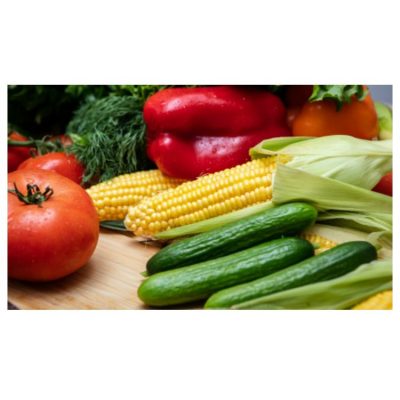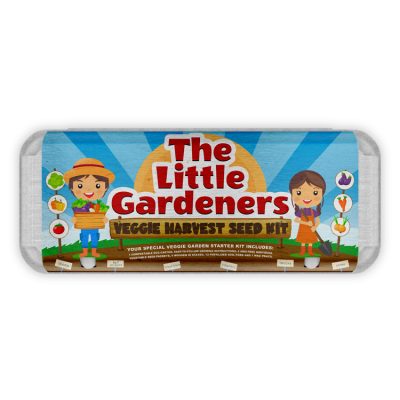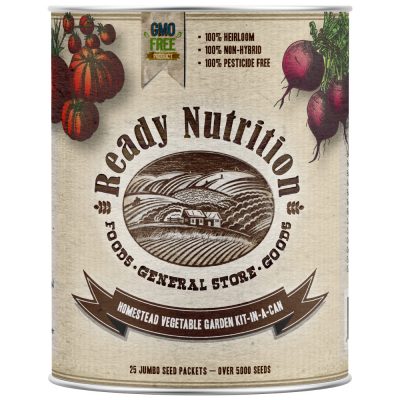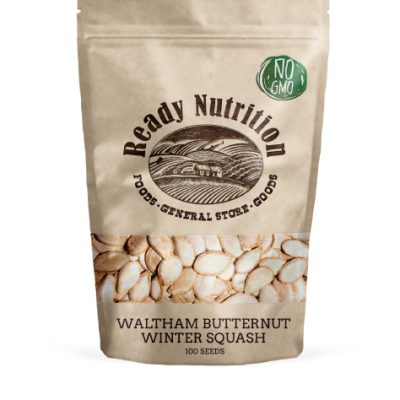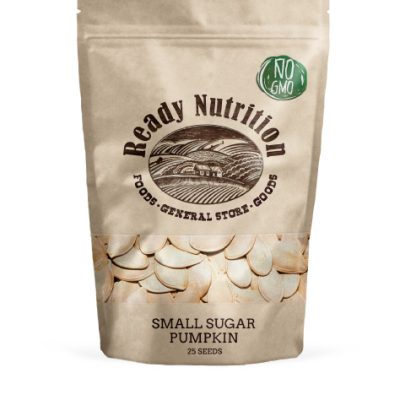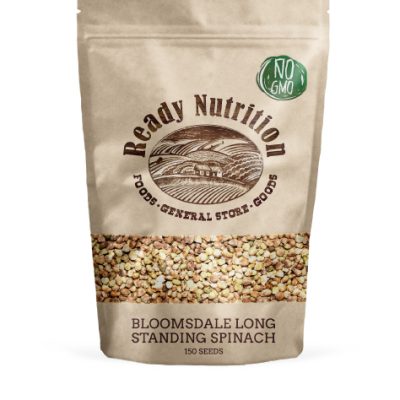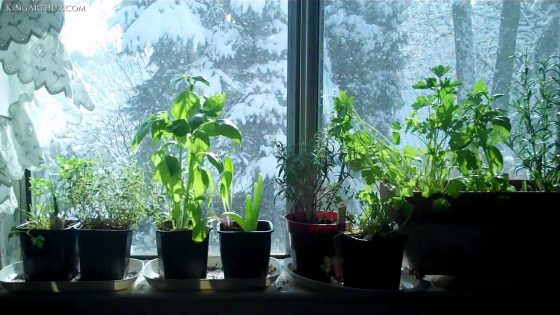
If you miss the delicious crisp freshness of your summer garden like we often do, you’ll love this quick easy guide we’ve put together to help you grow some crops when it’s cold outside. Here are three easy and plentiful ideas for indoor gardening so you can get your “fix” of freshness during these upcoming snowy winter months.
Gardening is often treated as a more seasonal activity, but it is also possible to have some freshness added to your meals during the winter, you just have to learn a slightly different set of rules. The first and most important step is to understand which crops are best adapted to indoor growing. Then it’s a matter of creating the right conditions for each you’d like to grow. Most often, we grow our own food to eat it, so choosing things you’ll enjoy eating should go without saying.
If you are missing your fresh vegetables and herbs, why not create a windowsill garden? It may not be the large-scale summer gardens you are used to, but you will have access to fresh vegetables and aromatic herbs.
Some great veggies to grow in the window are:
- Green onions
- Spinach
- Radish
- Herbs (parsley, sage, oregano, thyme, chives, and basil)
In the meantime, to enjoy the beauty of nature, try making some of these birdseed ornaments to hang outside on tree limbs to attract birds. Not only will you be feeding them during the winter when food is harder to find, but you will also be creating a symbiotic relationship with them – which can help in the garden.
Here are 3 Ways to Start an Indoor Winter Garden!
HERB GARDEN
Our first suggestion is to try growing an herb garden. There is nothing quite like that feeling of having the beautiful scents and flavors of herbs lingering in your home. Basil, oregano, sage, lavender, mint, thyme, rosemary, dill, and other herbs are among the easiest edibles to grow indoors. Mint has the added advantage of growing well in the shade and being medicinal. Lavender can also soothe irritated skin and minor burns while oregano can help treat the common cold and many other ailments. Because of this, all of these are excellent options for a windowsill herb garden, plus, you’ll be able to add a blast of flavor to your meals. Rosemary, basil, and thyme are personal favorites and the flavor cannot be beaten. Herb gardens will work well if you place them in a room that will remain above 60 degrees even overnight. You should also plant your herbs in their own pots rather than on large pot. This will give them room to grow and offer a better yield. You should also attempt to use fresh potting soil that’s specifically tailored for use indoors. Often local greenhouses will be able to guide you in this type of selection.
Make sure you check the individual sun requirements for each herb too to ensure the herbs you’ve selected will receive an adequate amount of sun. A sunny south facing window could be rather helpful as well. And remember, don’t overwater the herbs. Look for yellowing leaves as a sign that you’ve given your plants too much water.
SPROUTS
Another simple way to get your freshness “fix” is to eat sprouts. Sprouts are by far the easiest way to grow a little fresh food in the depths of winter. Sprouting kits are actually a pretty good idea, as these are basically a mason jar with a perforated lid. It is difficult to screw up the growing of sprouts with a kit. If you are a beginner, this could be the easiest way to go. Plus, children love the sprouting kits (and the idea of sprouts in general) because they tend to grow quickly. Kids can almost see them take shape and they actually like being involved in the rinsing and draining process. You also don’t need any sun or water to get handfuls of sprouts to throw in those winter salads!
Attempt to get organic seeds for this process. Once you’ve done that, you’ll start by soaking the seeds you’ve selected (mung beans, alfalfa, sunflower, are readily available and delicious options) for a day or two (24-48 hours). Leave them to germinate in the jar, rinsing twice per day. Do this when it fits into your schedule. It’s not an exact science, so do what works for you. This is part of the reason why sprouts are so easy to grow in the winter! No direct sunlight is required. Ordinary room lighting or a bit of diffused light in a window is all you need! You should have edible sprouts in less than one week!
CHILI PEPPERS
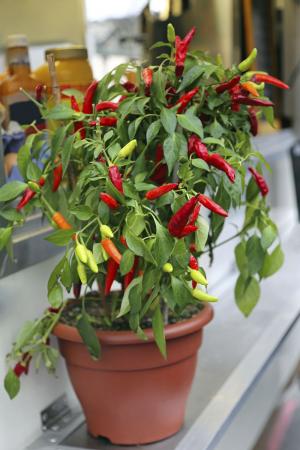 When it’s cold outside, why not add a bit of heat to your food and spice things up just a little? Chilies such as cayenne, jalapeno, and habanero, are a category of fruiting edible that is relatively easy to grow indoors. The smallest varieties, like cayenne, however, are the easiest to ripen indoors during the winter. Cayenne may react to the change in season by going into a semi-dormant state when you grow it indoors. This means it’ll look much like a healthy houseplant, but won’t be producing any flowers or peppers during the winter. Once spring hits, you will suddenly see a burst of new growth. Flowers and peppers will begin to emerge as the pepper plant “wakes up” from its winter hibernation.
When it’s cold outside, why not add a bit of heat to your food and spice things up just a little? Chilies such as cayenne, jalapeno, and habanero, are a category of fruiting edible that is relatively easy to grow indoors. The smallest varieties, like cayenne, however, are the easiest to ripen indoors during the winter. Cayenne may react to the change in season by going into a semi-dormant state when you grow it indoors. This means it’ll look much like a healthy houseplant, but won’t be producing any flowers or peppers during the winter. Once spring hits, you will suddenly see a burst of new growth. Flowers and peppers will begin to emerge as the pepper plant “wakes up” from its winter hibernation.
Other pepper varieties, such as Jalapenos, just seem to like the winter and can be more difficult to grow indoors successfully. You shouldn’t get discouraged if some of your peppers don’t do well on your first attempt, some are just harder than others to be successful with. Habaneros, on the other hand, can not only be overwintered successfully, but they may also continue to produce new peppers for you all during the winter months!
Since peppers cannot handle cold weather, keep them in a warmer room of your house. Place the pepper plant in a sunny window, but keep them off the glass to prevent the leaves from freezing. Peppers seem to prefer east-facing windows. You also normally want to use a fertilizer that is higher in Phosphorus than it is in Nitrogen. The reason for this is that too much Nitrogen can result in a pepper plant that is very green and bushy but with very few peppers. During the winter, we want the extra kick of spice in our lives and getting the most peppers could help!
With these tips on how to grow a few things indoors during winter, hopefully, the lack of an outdoor garden will not seem too devastating. The wonderful herbal aroma, the crisp bite of some sprouts, and a little spice to kick your soups into high gear, winter won’t seem so brutal to those who love the flavors of freshly picked home garden crops!


